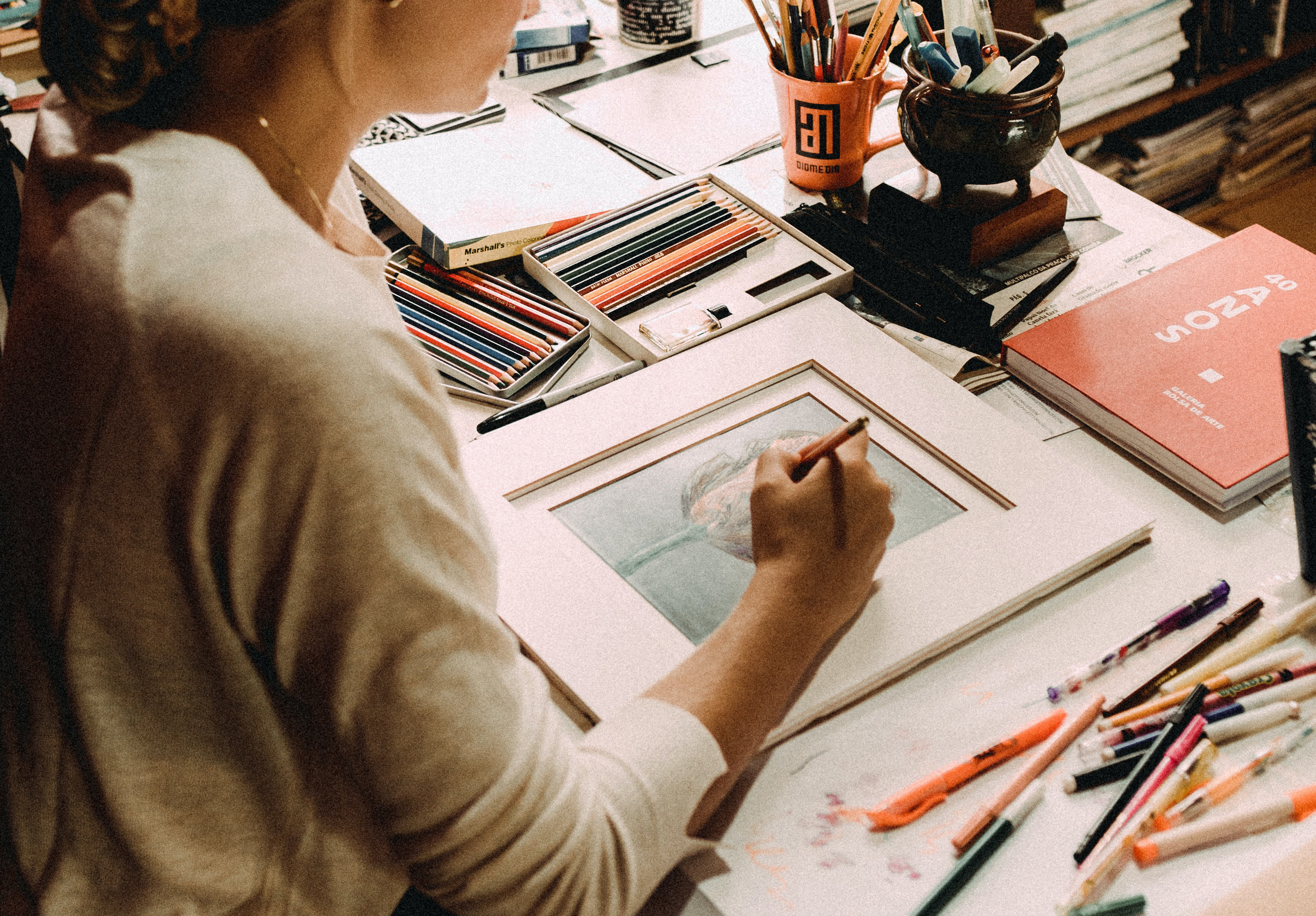Crafting and hobbies are wonderful ways to express our creativity, relax, and have fun. If you're lucky, you might even be able to make money from them! However, many of our favourite crafting materials and techniques can be harmful to the environment. The good news is that there are many ways we can be more eco-friendly in our crafting and hobbies; here are some tips to help you make your crafting more sustainable and environmentally friendly.
Choose eco-friendly materials
One of the most important ways to be more eco-friendly in your crafting is to choose eco-friendly materials. Instead of using materials made from non-renewable resources or synthetic materials, look for natural and sustainable alternatives. For example, you could use organic cotton or linen fabric, bamboo yarn, or recycled paper. You could also upcycle old items, such as turning old clothes into a patchwork quilt, or using old jars for storage.
Avoid single-use plastics
Single-use plastics are one of the biggest environmental problems we face today. In crafting and hobbies, single-use plastics are often used for packaging, wrapping, and storing materials. To reduce your use of single-use plastics, look for materials that come in sustainable packaging or that can be stored in reusable containers. For example, instead of buying beads in plastic bags, look for them in glass jars, or use reusable containers for storing your craft supplies.
Reduce waste
Reducing waste is another key way to be more eco-friendly in your crafting. Try to plan your projects carefully to avoid wasting materials, and be sure to reuse or recycle materials whenever possible. For example, you could save your scraps of fabric or paper to use in future projects, or donate materials you no longer need to a local school or charity.
Use natural dyes
If you enjoy dyeing fabrics or yarns, consider using natural dyes instead of synthetic dyes. Natural dyes are made from plants, fruits, and vegetables, and are much more eco-friendly than synthetic dyes. Some popular natural dyes include indigo, turmeric, and beetroot.
Choose low-energy tools
Many crafting tools require a lot of energy to operate, such as electric sewing machines or heat guns. To reduce your energy use, look for low-energy alternatives, such as hand-operated tools or solar-powered tools. You could also consider using traditional techniques, such as hand-sewing or knitting, which require no energy at all!
Reuse and repurpose
In addition to reducing waste, reusing and repurposing materials is another great way to be more eco-friendly in your crafting. For example, you could turn old t-shirts into a braided rug, or use old magazines to create a collage. You could also try making your own paper from recycled materials.
Support eco-friendly businesses
Finally, consider supporting eco-friendly businesses when purchasing crafting supplies. Look for companies that use sustainable materials and packaging, or that support fair trade and ethical practices. By choosing eco-friendly businesses, you're not only helping the environment, but you're also supporting companies that care about the planet and the people who make their products.
There are many ways we can be more eco-friendly in our crafting and hobbies. By choosing eco-friendly materials, avoiding single-use plastics, reducing waste, using natural dyes, choosing low-energy tools, reusing and repurposing materials, and supporting eco-friendly businesses, we can make a positive impact on the environment while still enjoying our favorite hobbies. So why not give it a try? Your crafting projects will be even more rewarding knowing that you're doing your part to protect the planet.






